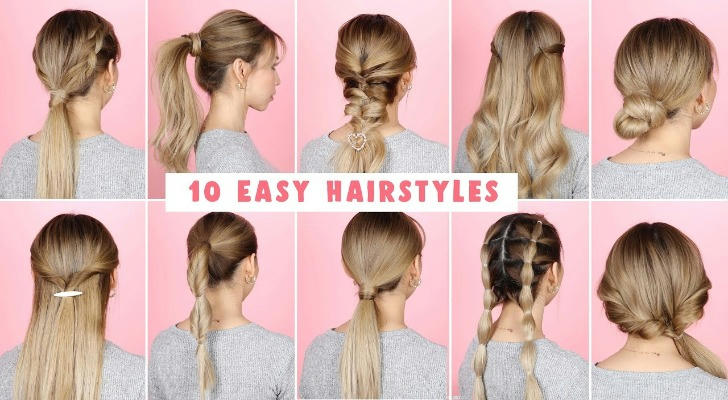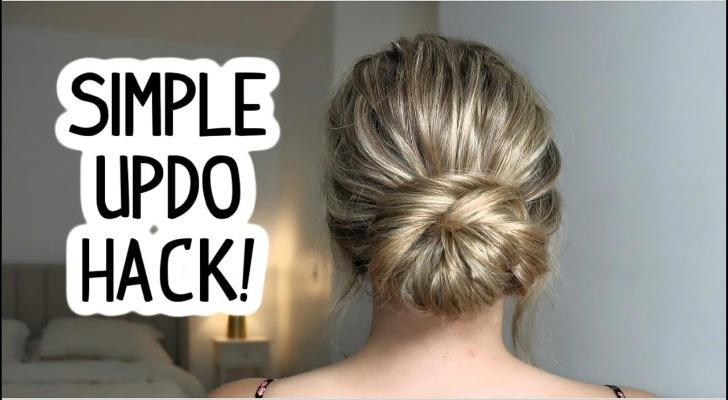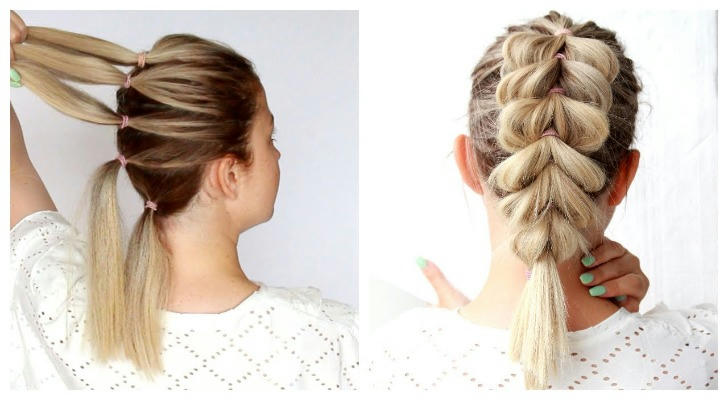Hairdressing skills for daily practice: create professional hairstyles at home
In the fast-paced pace of life, many people hope to achieve professional-level styling effects at home. Whether you are preparing to attend a party, a job interview, or just want to show a more refined self in daily life, mastering some simple but practical hairdressing skills can save you time and effort while improving your overall image.

This article will introduce a variety of basic hairdressing skills suitable for practice at home, helping beginners and beauty lovers to practice in daily life and improve their styling level. Whether you have professional experience or not, as long as you have a mirror, a comb and a heart that loves hairdressing, you can start your hairdressing journey.
Ⅰ. Preparation for practicing hairdressing at home
1.1 Understand your hair quality and hair volume
Everyone's hair quality is different. Some people have fine and soft hair that is easy to collapse, while others have thick and fluffy hair. Knowing your hair quality before practicing can help you choose tools and techniques more targeted. For example:
fine hair: need techniques to increase the volume, such as back combing or blow-drying.
thick hair: try layered thinning or curling techniques to reduce the thickness.
natural curls or curly hair: need to pay attention to the steps of moisturizing and styling.
1.2 Essential tool list
When practicing hairstyles at home, prepare the following basic tools to make the operation smoother:
hair dryer (with cold air function)
round comb and flat comb
styling spray/styling mousse
electric curling iron/straightening plate
small black clip/hair band/hairpin
heat protection spray (to protect hair quality)

Ⅱ. Simple and practical home hairdressing techniques
2.1 Quick fluffy curling techniques
Basic curls suitable for daily going out or taking pictures, no complicated operations required:
Steps:
- Spray hair with heat protection spray to prevent heat damage.
- Divide the hair into layers, and curl each layer outward or inward with a curling iron.
- After curling, gently spread it with your hands, and do not use a comb to prevent the curls from falling apart.
- Finally, spray with styling spray to keep the curls lasting.
Tips: If you want to create a natural airy feeling, you can try the "clip and release" style of loose curls to create a lazy style.
2.2 Temperamental low ponytail style
The low ponytail is a style suitable for both the workplace and daily life, clean and neat without losing elegance.
Steps:
- Straighten the hair with a straightening iron to facilitate overall smoothness.
- Tie a low ponytail behind the neck and fix it with a hair band.
- Take out a small bunch of hair and wrap it around the hair band, and fix it with a clip to hide the hair band.
- You can slightly loosen the hair on the top of your head to increase the natural feeling.
Variation: Add a simple braid or a silk scarf to instantly enhance your fashion sense.
2.3 Casual bun hairstyle
The high bun is both youthful and convenient, and is very suitable for home or dating occasions.
Steps:
Comb your hair into a high ponytail and twist it into a ball at will.
Secure it with a hair band and tighten the sides with a hairpin.
Pull out a few strands of hair from the temples to add a lazy atmosphere.

Ⅲ. Advanced practice: Try braiding and care techniques
3.1 Three-strand braid and fishbone braid
These two braids are good ways to lay the foundation. They not only improve the feel, but also add a sense of design to your daily hairstyle.
Three-strand braid is suitable for all kinds of hairstyles and is simple and easy to learn;
Fishbone braid has a stronger sense of layering and is suitable for dating or special occasions.
Practice suggestions: Spend ten minutes practicing braiding movements every day to improve finger coordination and help train styling patience.
3.2 Blow-drying Styling Techniques
The correct blow-drying method can make the hairstyle more natural and lasting:
Blow-dry the roots first, then blow the ends to avoid frizz.
Use a round comb to blow inwards/outwards to create an inward or outward shape.
Use cold air to fix the style after blow-drying to help fix the styling effect.
IV. Case sharing: Kate's home hairdressing practice
Kate is a housewife living in Missouri. She started to get involved in home hairdressing in an attempt to save money. At first, she only learned to make simple curls and ponytails for herself, but gradually, she learned to braid hair, use flat irons, and even style her daughter and neighbors.
"At first, I couldn't even control the temperature of the curling iron, but through online tutorials and constant practice, I can now help my friends with wedding styling." She said, "Not only does it save money, but it also gives me a new interest."
Today, Kate has become a popular "neighborhood stylist" in the local community. Her home is often turned into a temporary salon, where everyone shares hairdressing skills and practices with each other, creating a warm exchange between neighbors.
Ⅴ. Conclusion
Mastering basic hairdressing skills is no longer exclusive to professionals. Through practice in daily life, everyone can create their own "private styling room" at home. From the most basic combing, blow-drying, and braiding to more advanced curling and design styling, as long as you are willing to try, you can reap amazing changes.
Hairdressing is not only about shaping the external image, but also about improving the quality of life. Practicing hairdressing at home not only improves personal skills, but also brings more fun and sense of accomplishment to daily life. Now start with a simple hairstyle and use your hands to create your own style and charm.
